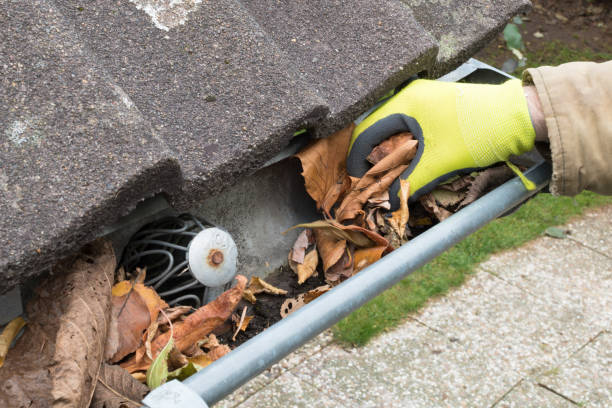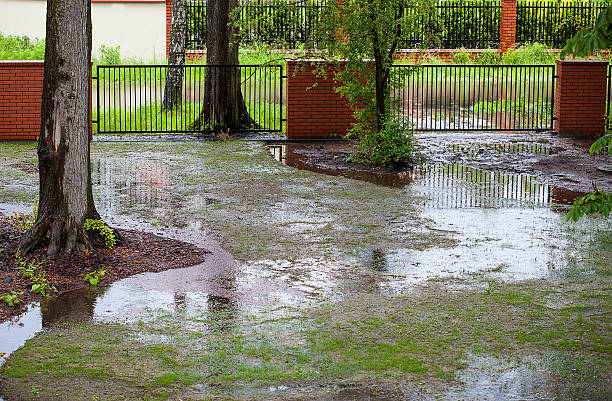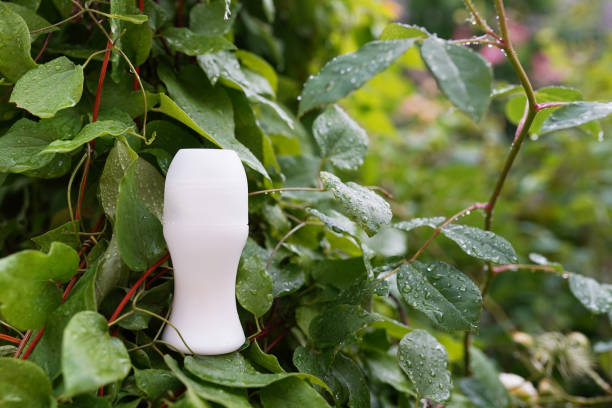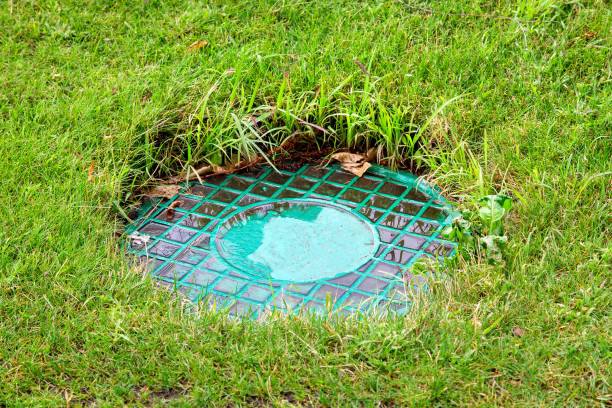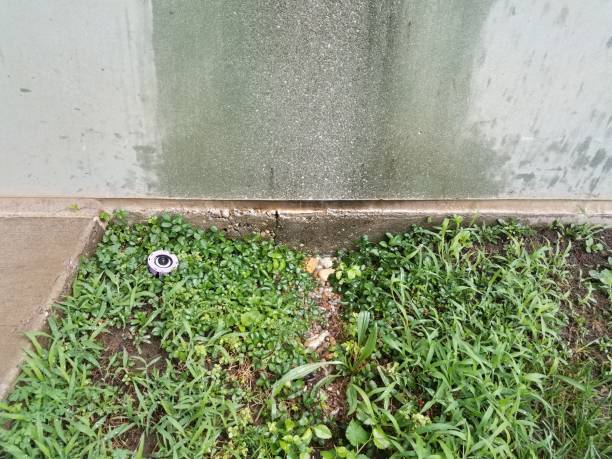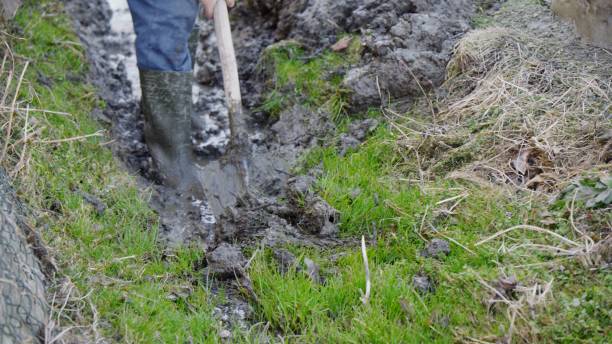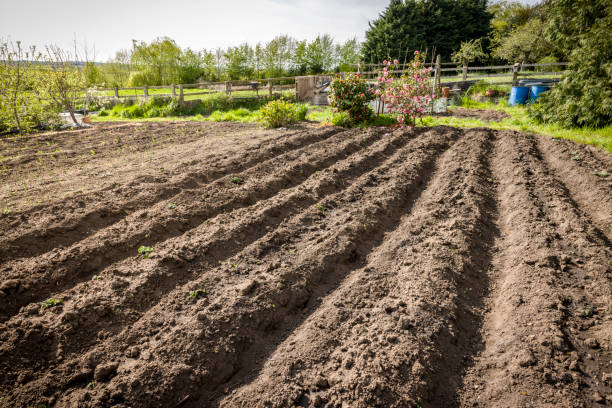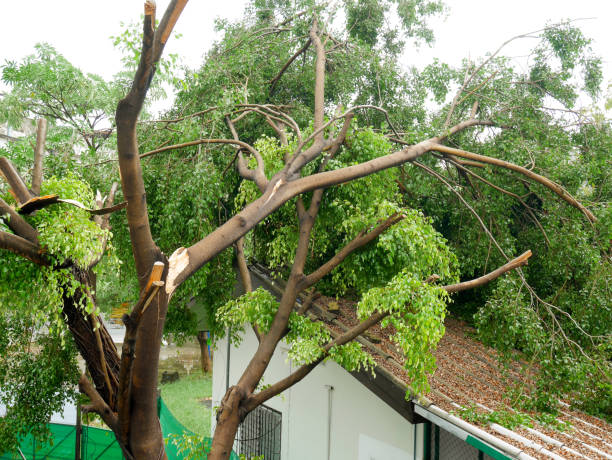How to Find Gutter Drains in Your Yard
This post contains affiliate links. This means I will make a commission at no extra cost to you should you click through and make a purchase. Read the full disclosure here.
When it comes to maintaining a functional and efficient gutter system, locating the gutter drains in your yard is essential. Gutter drains are responsible for carrying rainwater away from your house, preventing water damage and ensuring the integrity of your landscaping. However, finding these drains can sometimes be challenging, especially if they are hidden underground or covered by landscaping elements. In this article, we will guide you through the process of finding gutter drains in your yard, providing you with useful tools and techniques to make the task easier.
Importance of Gutter Drains
Gutter drains play a crucial role in safeguarding your home and landscape. Let’s explore some of the reasons why locating and maintaining these drains is essential.
Preventing Water Damage
One of the primary functions of gutter drains is to channel rainwater away from your house’s foundation. By directing water away, they prevent water from seeping into your basement or crawl space, minimizing the risk of structural damage and mold growth. Locating gutter drains ensures that water flows freely and doesn’t pool near your home.
Maintaining Landscaping
Proper drainage is essential for preserving the beauty and health of your landscaping. When water is efficiently carried away from your yard, it prevents oversaturation, soil erosion, and damage to plant roots. Locating and maintaining gutter drains enables you to protect your carefully nurtured plants and maintain a vibrant outdoor space.
Understanding Gutter Systems
Before we dive into locating gutter drains, it’s essential to have a basic understanding of how gutter systems work.
Components of a Gutter System
A typical gutter system consists of several components, including gutters, downspouts, and gutter drains. Gutters collect rainwater from the roof, while downspouts carry it vertically to the ground. Gutter drains are responsible for connecting the downspouts to the underground drainage system or dispersing water onto your yard.
Gutter Drainage Methods
Gutter drains can employ different drainage methods. Some systems divert water underground through buried pipes that lead to a drainage point away from your home. Others distribute the water over your yard through a system of perforated pipes or drainage trenches. Understanding the drainage method used in your gutter system will help you locate the drains more effectively.
Locating Gutter Drains in Your Yard
Locating gutter drains may require some investigative work, but with the following methods, you can find them in no time.
Visual Inspection
Start by conducting a visual inspection of your property. Look for any signs of water discharge or drainage outlets near your downspouts. Gutter drains are often positioned close to the foundation of the house or at the edges of the yard. Check for any visible openings, grates, or covers that indicate the presence of a drain.
Following the Downspouts
Another way to find gutter drains is to follow the path of the downspouts. Most gutter drains are connected to the downspouts, so tracing their route can lead you to the drains. Keep an eye out for changes in the downspouts’ direction or any indications of underground pipes, such as access points or caps.
Checking Landscape Features
Landscaping elements can sometimes conceal gutter drains. Look for any decorative features, such as rock beds, flower beds, or shrubs, that may be covering the drains. These elements are often strategically placed to disguise the drain openings. Gently remove any covering materials to reveal the drain outlets.
Using a Drainage Camera
If the above methods don’t yield results, you can use a drainage camera to locate gutter drains underground. A drainage camera is a flexible, waterproof device that can be inserted into pipes or drains to capture real-time video footage. By inserting the camera into your downspouts or underground pipes, you can identify the exact location of the gutter drains.
Tools and Techniques for Locating Gutter Drains
To enhance your chances of finding gutter drains, you can utilize various tools and techniques. Let’s explore some options:
Metal Detectors
Metal detectors can be useful in identifying underground drain pipes that may be connected to your gutter system. By scanning the ground near your downspouts, you can detect any metallic objects that indicate the presence of pipes or drains.
Underground Pipe Locators
For more precise detection, you can employ underground pipe locators. These devices use electromagnetic signals to locate underground pipes and drains. By following the electromagnetic signal emitted by the drain, you can pinpoint the exact location of the gutter drain.
Water Dye Testing
Water dye testing involves adding a water-soluble dye to your gutter system and observing where the colored water appears. By pouring the dye into the gutters or downspouts, you can track its flow and identify the location of the gutter drains in your yard.
Professional Assistance
If all else fails, or if you prefer expert help, consider contacting a professional gutter service. They have specialized equipment and knowledge to locate and address any issues with your gutter drains effectively.
Steps to Unblock or Repair Gutter Drains
Once you’ve successfully located the gutter drains, you may encounter situations where they are clogged or in need of repair. Here are some steps you can take to unblock or repair the drains:
Clearing Debris
Begin by clearing any debris, such as leaves, twigs, or sediment, that may be blocking the drain openings. Use a small garden trowel or your hands to remove the obstructions. Be thorough to ensure proper water flow.
Flushing with Water
After removing the debris, flush the drains with water to dislodge any remaining particles. Use a garden hose or a bucket of water and pour it down the gutter system. Observe if the water flows freely through the drains and adjust as necessary.
Using a Plumber’s Snake
If the blockage persists, you can use a plumber’s snake to clear the drains. Insert the snake into the drain opening and rotate it gently to break up and remove any stubborn clogs. Repeat the process until the drains are clear.
Repairing or Replacing Damaged Sections
In cases where the gutter drains are damaged, such as cracked pipes or disconnected sections, you may need to repair or replace them. Consult with a professional gutter repair service to ensure the proper repair or replacement of the damaged components.
Preventive Maintenance for Gutter Drains
To maintain the functionality of your gutter drains and minimize future issues, consider implementing these preventive maintenance measures:
Regular Cleaning
Regularly clean your gutters and downspouts to prevent debris buildup. Remove leaves, twigs, and other obstructions to maintain smooth water flow. Cleaning at least twice a year, especially during the spring and fall, is recommended.
Installing Gutter Guards
Gutter guards are protective covers that prevent debris from entering the gutter system while allowing water to flow through. Installing gutter guards can significantly reduce the frequency of gutter cleaning and minimize the risk of clogs.
Proper Landscaping
Design your landscaping to promote proper drainage. Ensure that the ground slopes away from your house, directing water flow away from the foundation. Avoid planting large trees or shrubs near the gutter drains to prevent root intrusion.
Conclusion
Locating gutter drains in your yard is crucial for maintaining an efficient gutter system and protecting your home from water damage. By following the outlined methods and utilizing appropriate tools, you can successfully find and maintain your gutter drains. Regular inspection, cleaning, and preventive measures will ensure the longevity and effectiveness of your gutter system, keeping your home and landscaping safe from water-related issues.
FAQs
How often should I clean my gutters and drains?
Regular gutter cleaning is recommended at least twice a year, preferably in the spring and fall. However, the frequency may vary depending on your location and the presence of trees near your property. Assess your gutters periodically and clean them when debris accumulation becomes noticeable.
Can I use a pressure washer to clean my gutter drains?
Using a pressure washer to clean gutter drains is not recommended. The high-pressure water stream can damage the gutter system, dislodge connections, and cause leaks. Stick to manual cleaning methods or consider professional gutter cleaning services.
Are gutter guards worth installing?
Yes, installing gutter guards can be beneficial. Gutter guards help prevent debris from entering your gutters, reducing the frequency of cleaning and minimizing the risk of clogs. They are particularly useful in areas with a high presence of leaves, twigs, or other airborne debris.
How can I prevent gutter drains from freezing in winter?
To prevent gutter drains from freezing, ensure proper insulation and ventilation in your attic. This helps regulate the temperature and minimize heat loss, preventing ice dams from forming. Additionally, clearing gutters of debris before winter can help prevent ice buildup.
When should I seek professional assistance for gutter drain issues?
If you encounter persistent clogs, or significant damage, or are unsure about the condition of your gutter drains, it is advisable to seek professional assistance. Gutter repair specialists have the expertise and equipment to address complex issues and ensure the proper functioning of your gutter system.

